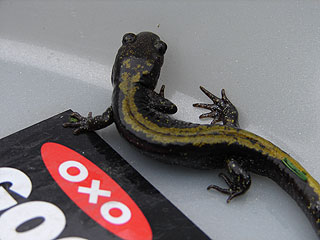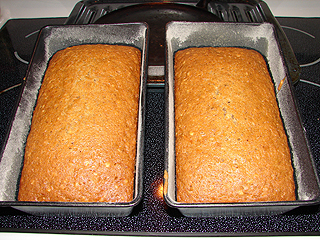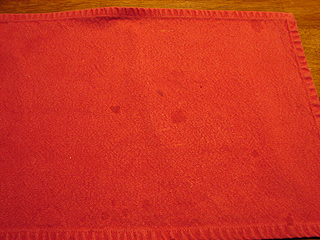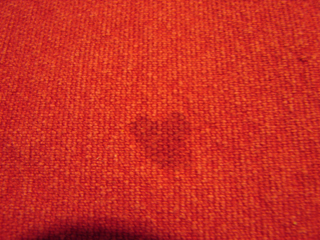Gino was out mowing the lawn this afternoon and spotted this little guy crawling in the lawn. He scooped it up and called me to grab the camera. We took a few shots and then sat down at our puters to see what we could find out about this little guy and this is what we found…

The Western Long Toed Salamander is one of many subspecies of Long Toed Salamanders. Western Long Toed Salamanders can be distinguished from others by their distinctive coloration. These animals, though rarely seen due to their nocturnal habitats, can be fascinating to observe in the wild.
Western Long Toed Salamanders are found in a variety of habitats, from scrubland to mountain forests. Usually, they live between sea level and 9,000 feet (2,743 meters) in elevation. Western Long Toed Salamanders are nocturnal. During the day, they can sometimes be found under rocks, logs, or leaves. Some hide underground during the day, and almost all are found near water. At night, they hunt for small invertebrates, usually insects or worms. Western Long Toed Salamanders commonly remain close to the pool they were hatched in, though some may be found further away. Western Long Toed Salamanders are rarely seen in the wild, and they may be easiest to see when they are migrating toward breeding ponds. Juvenile Western Long Toed Salamanders are also sometimes seen when they are looking for an area in which to over-winter.
The Western Long Toed Salamander has a slender body and can grow to between 4 and 6 inches in length. Western Long Toed Salamanders have a unique stripe along their backs that varies between shades of yellow and green. This stripe runs from the head to the tail tip, and it has very uneven or jagged edges. Older Western Long Toed Salamanders usually have more faded stripes than do young animals. The stripe continues up to the head, where it breaks up into spots. The background color of this salamander is dark brown or black. Some Western Long Toed Salamanders often have many silver or white spots on the sides of their bodies and down over their feet. The belly is a sooty or dark brown color. There are usually 12 or 13 costal grooves on the Western Long Toed Salamander. True to its name, this salamander has long toes. The snouts of Western Long Toed Salamanders are blunt, and males have limbs and tails that are noticeably longer than those of females.
The Western Long Toed Salamander usually lives in the Pacific Northwest regions of the United States. It is most often found from western Washington and Oregon to Vancouver Island. In some parts of Canada, the Long Toed Salamander may be considered at risk for endangerment. This is because its range is so limited, and where it is found, populations tend to be isolated or patchy.
Usually, Western Long Toed Salamanders breed between January and June. Generally, breeding season is determined more by latitude than by temperature. Western Long Toed Salamanders engage in amplexus and then lay their eggs on submerged vegetation. They may lay the eggs in clusters or singles. The single eggs are generally found closer to the surface, while clusters may be in the deepest area of the water in a protected area such as the underside of a log. Usually, the eggs hatch in about three weeks, and the Western Long Toed Salamanders will generally remain in the larval state until the summer after they were hatched.






